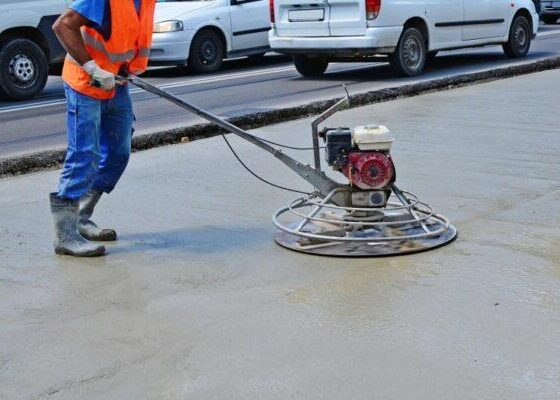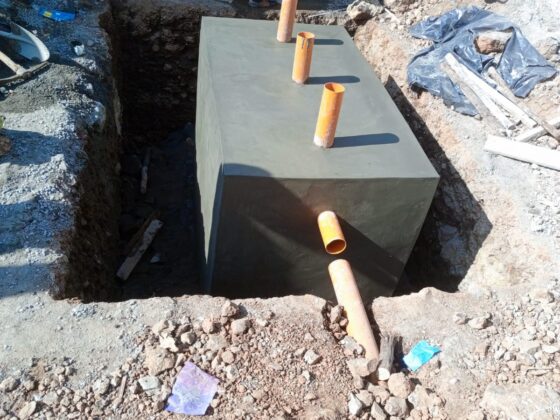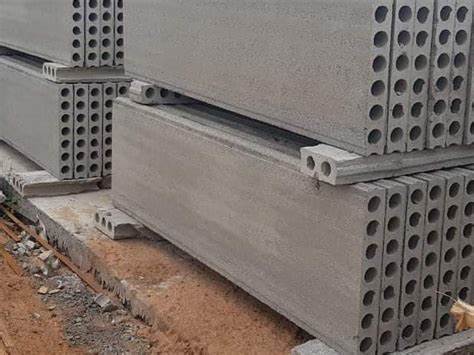Slab on grade foundations are very common in areas with stable soils. What this means is the soils should not expand or contract much in response to the water content. I will cover how you should respond to bad soils in the article. These slabs are especially common for simple houses with no basements,(bungalows), sheds and garages.
Step 1: Clearance and removal of organic matter
If the proposed site has trees, grass or any other vegetation, ensure that this is removed. Cut down the trees and make sure that the stumps are pulled out from the roots. Remove the top layer of the soil that has organic matter and debris.
Step 2: Levelling
Once the organic matter has been cleared, the bottom of slab level is established and the existing ground is compacted to the finished level. If the levels are not sufficient, consider backfilling the area and further compact the soil. If the area has very bad soil, excavate at least one metre deep and replace with good material.
Step 3: Formwork
Mark out the area that you would like the slab to cover and put up wooden formwork. The top of the formwork will form the top level. If the slab is rectangular in shape, you can put up three sides first and work on the inside. The slab may have edge beams and interior beams. You can add crushed stones to attain the levels in the middle of the slab but these must be compacted further.
Step 4: Protection and reinforcement
The internal area has to be protected underground seepage using a membrane that is laid on the compacted ground. Then reinforcement, which can either be tied bars or a mesh is placed with sufficient cover( Ie, it should not rest directly on the membrane). This helps to regulate the expansion and cooling of concrete and reduce cracking.

Step 5: Placing concrete
After sufficiently mixing your concrete you should pour it progressively inside the formwork and allow it to set. Here are things to look out for when placing concrete. Once it has set, you can smoothen it off for a nice finished appearance. Ensure that your slab is sufficiently cured for the next 28 days to achieve good strength.
Here is how to calculate calculate the quantity of cement, sand and ballast in concrete.
I hope this article has been useful. Build wisely!










